

As part of Kokotree’s streaming service—which provides an educational app for kids—we provide parents with free, printable coloring pages for preschoolers (in a PDF) from each of the videos we offer. So, we thought it was essential to explain why we do this.
Coloring is a great activity for preschoolers. It helps them learn about colors and shapes and is a fun way to relax and release creative energy. Plus, coloring has been shown to have some other benefits as well. Keep reading to learn more! Download the preschool coloring pages pdf today for free.
Click here to get your: Free printable coloring book for preschoolers and toddlers.These preschool coloring pages PDF is free to download for everyone. Our gift to your child. Get your’s today!
Why is coloring important for preschoolers? Coloring can help with hand-eye coordination, and it’s also fun! Coloring pages are an excellent way for parents to provide their preschoolers with a highly beneficial educational activity.
The preschool coloring pages pdf is great for kids to spend time coloring and having fun.
Coloring can help children learn about colors and their properties and develop fine motor skills, hand-eye coordination, and creative problem-solving. Kids and toddlers coloring pages provide an enjoyable activity to help them learn.
Coloring can also be helpful for kids when it comes to learning new things. For instance, color in pictures of different animals can teach them about the different kinds of animals worldwide.
And coloring in images of other countries can teach them about the different cultures around the world. Coloring is also an excellent way for kids to spend some time alone, and it’s a great way to unwind after a long day.
There are tons of benefits of coloring for toddlers and preschoolers, whether with crayons, coloring pencils, or even markers. If you’re looking for some coloring inspiration for your preschooler, we’ve covered you with our roundup of free printable coloring pages!
You get all of these coloring pages—24 in total—when you download the Kokotree free printable coloring book for kids, preschoolers, and toddlers.
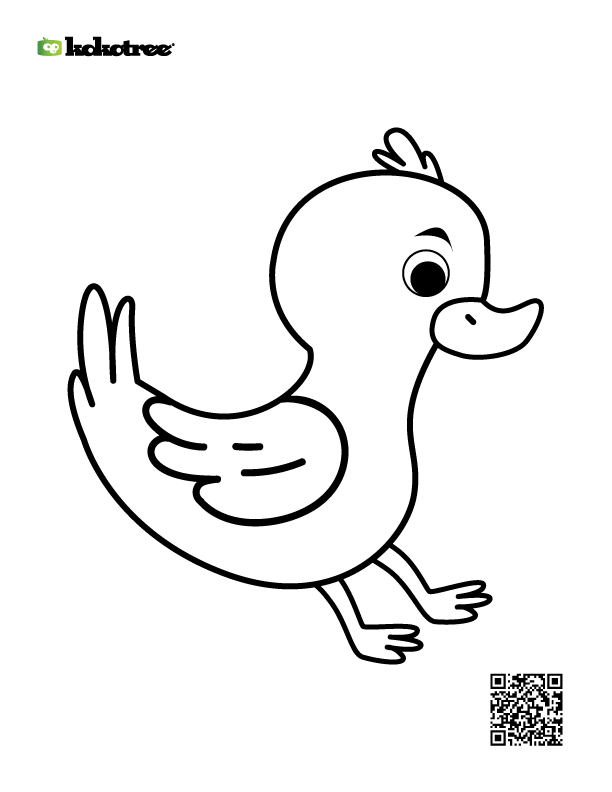
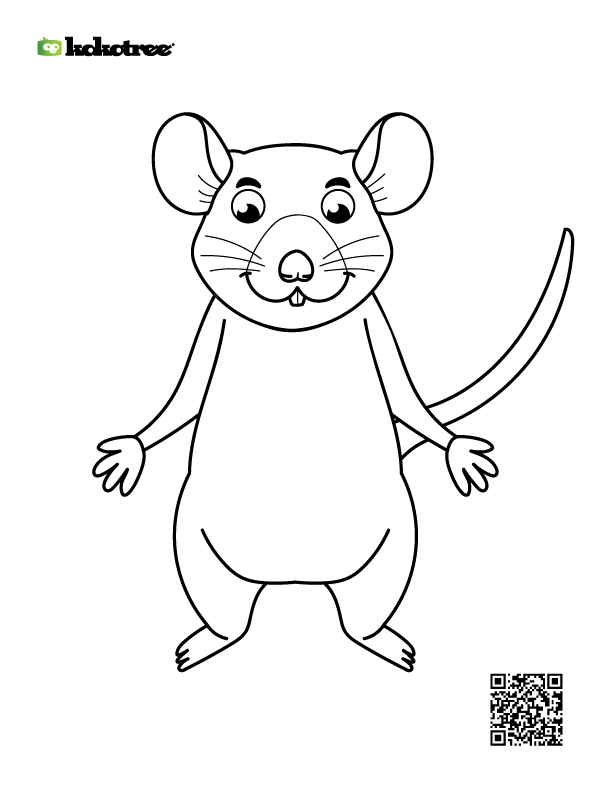
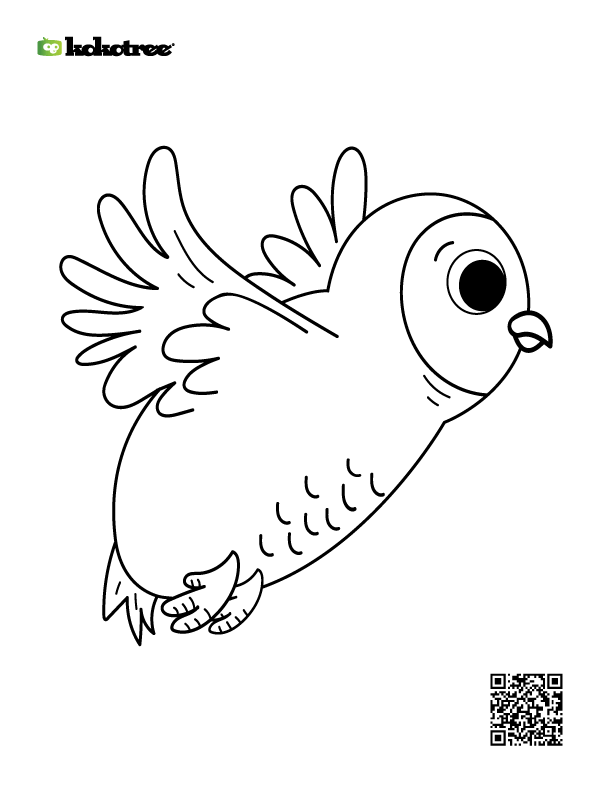
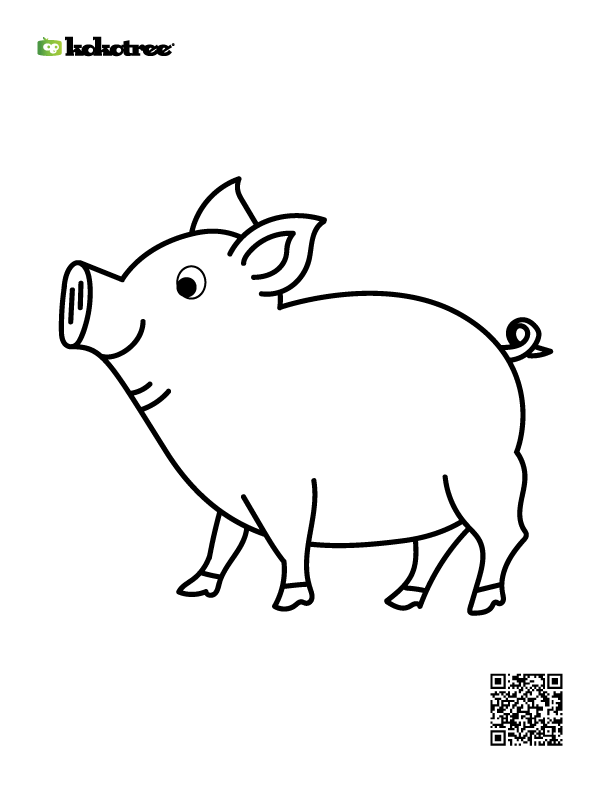
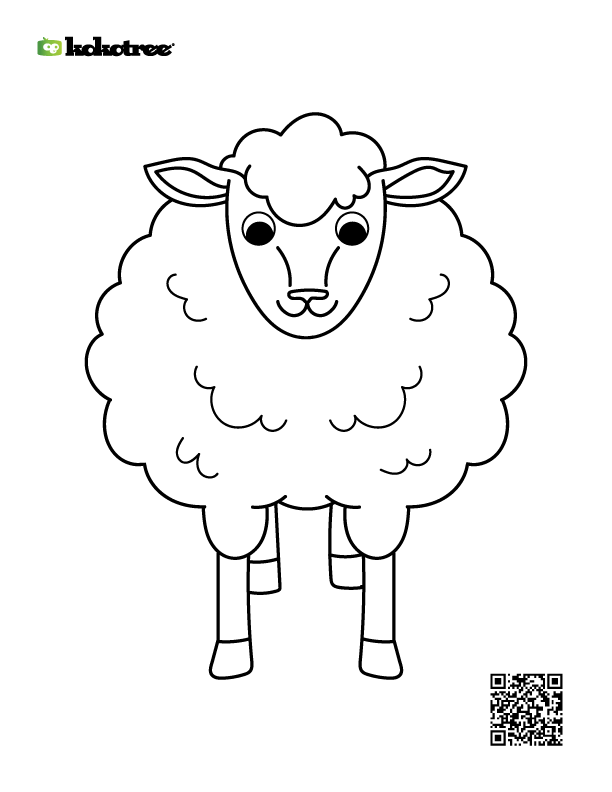
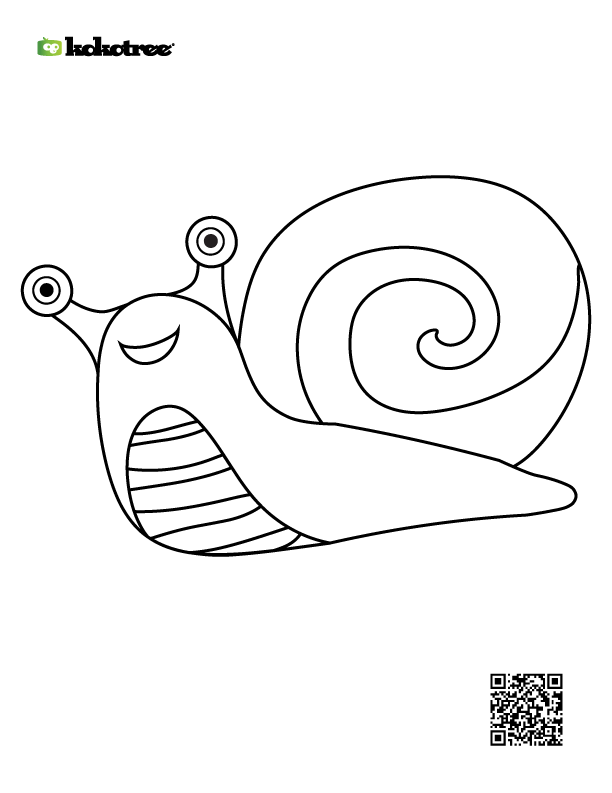
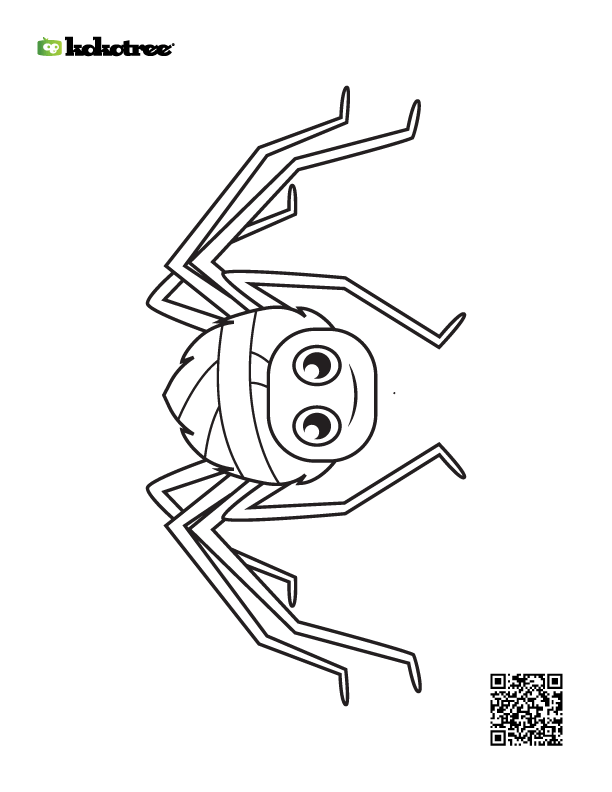
What are the specific skills that children learn and improve while they color? This section will explore five skills that coloring can help develop in young children.
Coloring requires the use of fine motor skills, which helps to improve agility and coordination. It can be a relaxing and meditative activity, promoting calm and focus. And because it is a low-pressure activity, it can be a great way to unwind after a long day or to jump-start the creative process.
When coloring, children must use their hands and eyes to control the crayon or marker. They need to coordinate their hands’ movement with what they see on the page, which helps to develop fine motor skills and hand-eye coordination.
Coloring can also help children to develop spatial awareness and problem-solving skills. For example, when trying to fill a space with color, children have to plan and figure out the best way to do it.
In addition to being fun, coloring also helps children to develop crucial visual discrimination skills. Matching colors and filling in lines require children to pay close attention to detail, allowing them to develop their ability to discriminate between different shades and hues.
Coloring can help children to develop their fine motor skills as they learn to control the movement of their hands and wrists.
When presented with a blank page, children must decide which colors to use and how to arrange them. This requires them to think creatively, come up with new solutions, and solve problems.
Coloring can also help children develop fine motor skills and hand-eye coordination. They are improving their ability to control small movements as they grasp crayons or markers and carefully color within the lines.
Coloring helps kids to think outside the box as they look for ways to fill in the spaces on the page. It also encourages them to experiment with different colors and shades as they explore what looks best.
Coloring can also be a form of mindfulness, helping kids to focus on the present moment and quiet their minds.

Most children cannot differentiate between different colors until at least 18 months of age. This is also about the same time children start noticing differences and similarities between textures, sizes, and shapes.
However, while children can begin to differentiate between colors around 18 months, it can take until age three before children can fully understand the difference between colors and name them.
This is because color recognition is a cognitive process that develops over time. The ability to see colors and distinguish them from one another starts with infants being able to see the light and dark shades and progresses to seeing different colors in the world around them.
The ability to name colors develops over time as children learn the names of different colors and what they represent.
Color is the visual perceptual property corresponding in humans to the categories red, green, blue, and others. Color derives from the spectrum of light (distribution of light power versus wavelength) interacting in the eye with the spectral sensitivities of the light receptors.
Color categories and physical specifications of color are associated with objects through the wavelength of the light reflected from them. This reflection is governed by the object’s surface properties, such as absorption, reflection, and transmission.
Children need colors to help with brain development, creativity, productivity, and learning. Colors have many effects on people, which can be seen more distinctly in children. They can be more sensitive to colors. Some results of colors on people are causing excitement, lending calm, giving inspiration, raising anxiety or tension, or giving peace.
Color carries critical importance in the development of the cognitive and motor skills of children because it helps them understand the world around them. Coloring helps with object recognition and developing descriptive language skills.
It also helps with many other essential skills, like reading, math, and science. Therefore, children need colors to help with brain development, creativity, productivity, and learning.

Get free parenting tips, news, updates, and content from Kokotree.
Toddlers learn colors through repetition and by seeing different colors in everyday objects. You can help you understand colors by pointing out different colors when you are out and about and by providing preschool coloring sheets and crayons at home.
When you are out and about with your toddler, point out different colors that you see. Talk about the color of the sky, the leaves on the trees, and the flowers in the garden. Helping your toddler identify colors is a great way to teach them about the world around them.
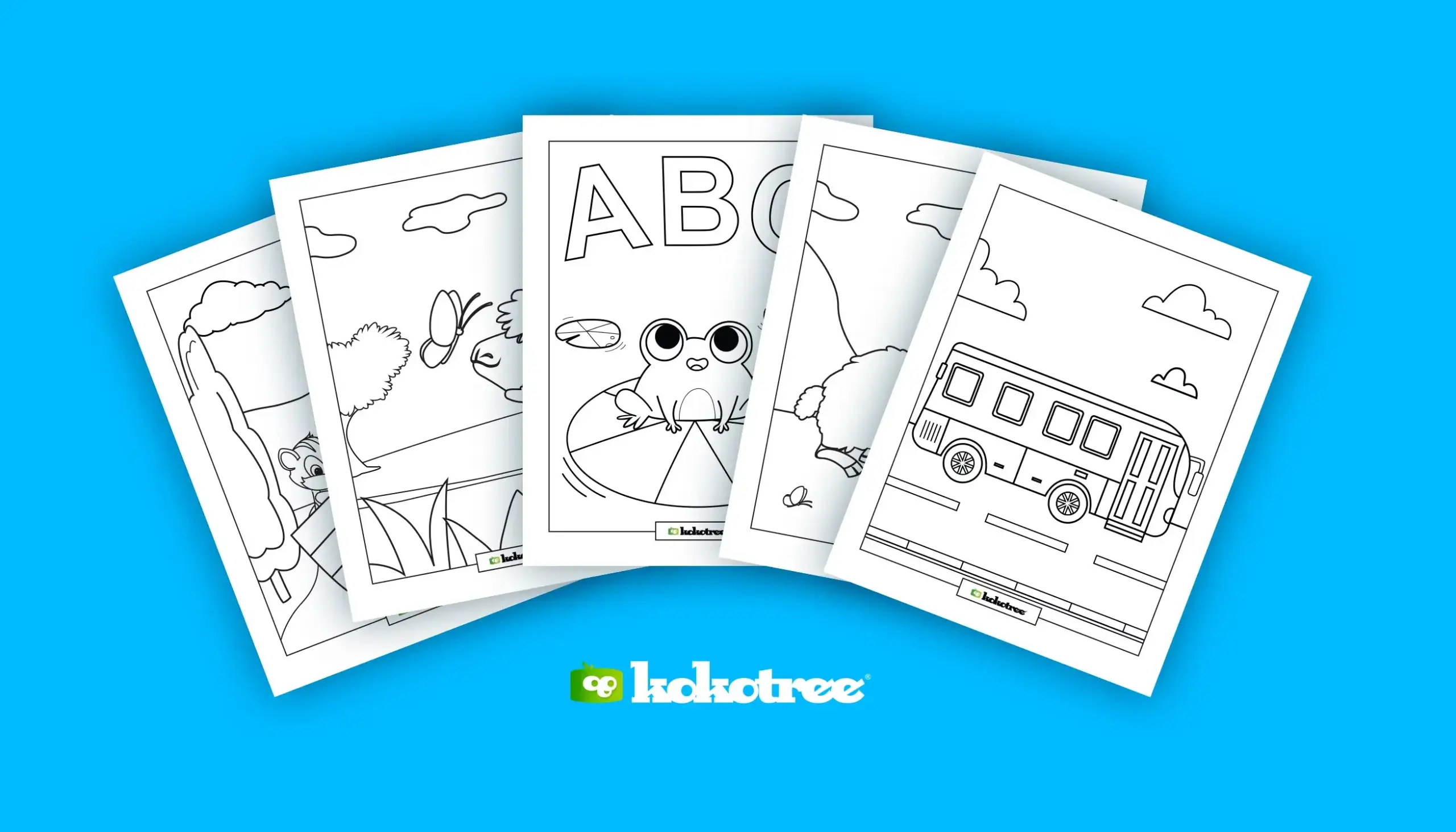
Parents should teach preschoolers the first colors: red, blue, yellow, and green. These are the primary colors that most other colors can be made from.
Teaching these colors first will make it easier for preschoolers to learn the different colors. Kokotree has an adorable Colors Video that helps preschoolers associate objects with colors.
Children love bright colors, so parents should use plenty of brightly colored objects when teaching these colors. Parents should also avoid using words that might be confusing to preschoolers, such as “light blue” or “dark green.” The Kokotree coloring book pdf is great for toddlers, preschoolers, and kindergarteners.
You might want to use terms like “sky blue” or “olive green.” Parents can use simple and easy-to-understand language to help their preschoolers learn the colors quickly and efficiently while associating them with everyday objects.
Toddlers who recognize colors can better understand the world around them. Color recognition is essential for object recognition and helps children to develop their descriptive language skills. These skills are necessary for clear communication and understanding.
Color recognition is the foundation for many areas of later learning, such as reading, math, and science. It also helps your preschooler navigate the world around them.
For example, they will be able to understand road signs and traffic lights. Spatial awareness, or knowing how things can fit together, is another essential skill developed through color recognition. Differentiating between colors on maps or wiring is also an important application of this skill.
Almost every aspect of life uses these foundation skills, so your child needs to develop them early on.
No, there are no adverse effects. You may find articles on the internet stating that coloring is terrible for kids and is a minor creative thing a child can do. They claim that coloring stifles creativity. While this is a good argument, we have not been able to find a single study rooted in science that supports this belief. We recommend allowing your child to draw freely every day, too. (Source)
Coloring can be a helpful tool in developing creativity. It allows children to experiment with color and explore different combinations without the pressure of having to create a “perfect” work of art. It also provides a way for children to express their emotions through art.
There is no evidence that colouring pages for kids pdf has any adverse effects on preschoolers. If you are concerned about your preschooler’s development, it is always best to speak to a doctor or medical professional. They will be able to give you the most accurate information about what activities are best for your child’s development.
Teaching colors to preschoolers might take time and patience. However, some that you should remember before teaching colors are:
You might find that some preschoolers can pick up on colors faster than others. Just go at their pace, and eventually, they’ll get it! Remember, repetition is essential for preschoolers to learn colors.
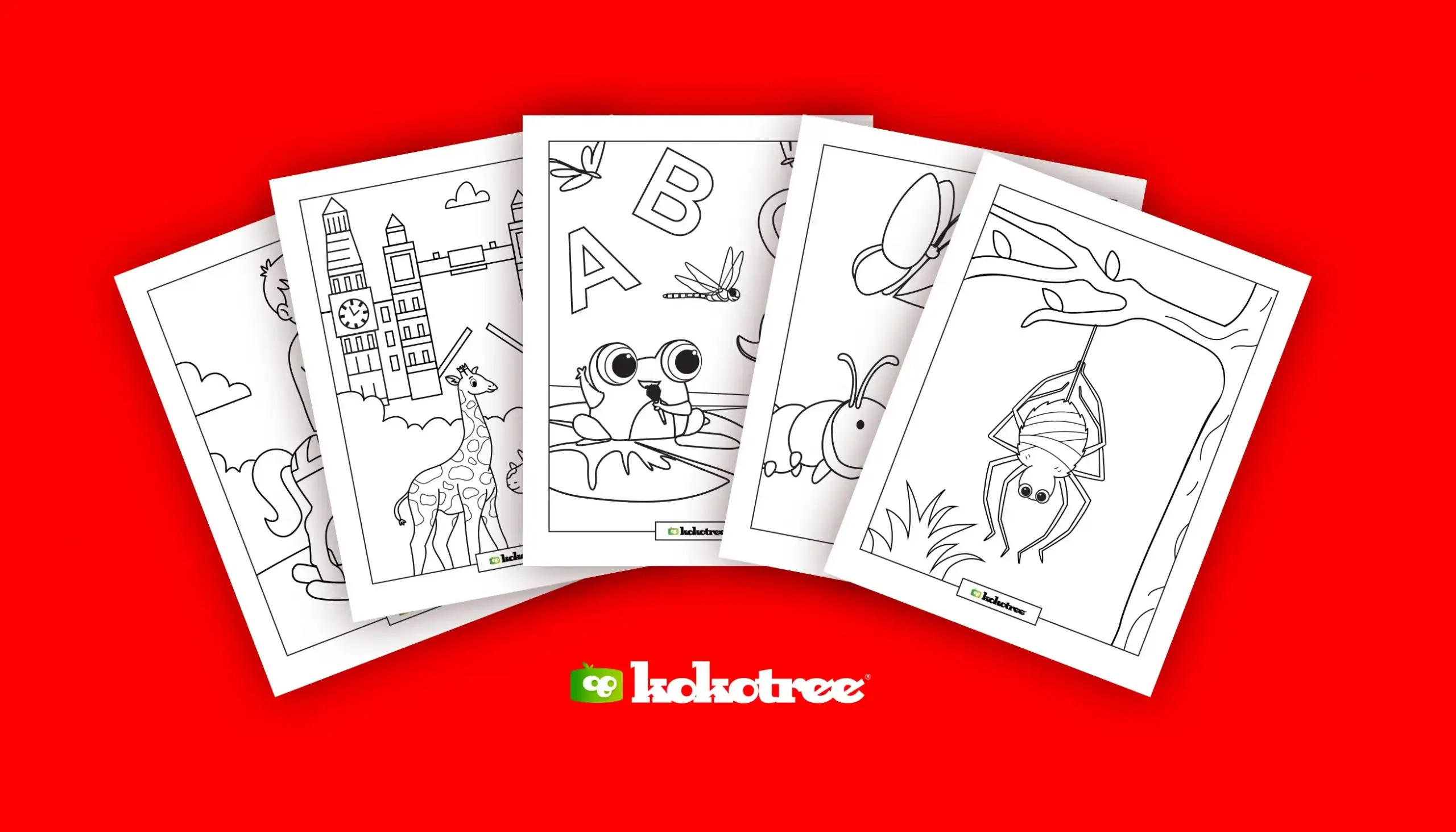
Shapes are crucial for preschoolers to learn about. They help children learn about the world around them. Shapes can be found in everything, and learning about them will help prepare your child for future learning opportunities.
There are so many different kinds of shapes and colors. Some shapes you might see on kids coloring pages for kindergarten include squares, circles, and triangles.
Shapes are fundamental to many things we see and use daily, so preschoolers need to learn about them. Circles, squares, and triangles are just some of the shapes you’ll find on coloring pages and in the world around you.
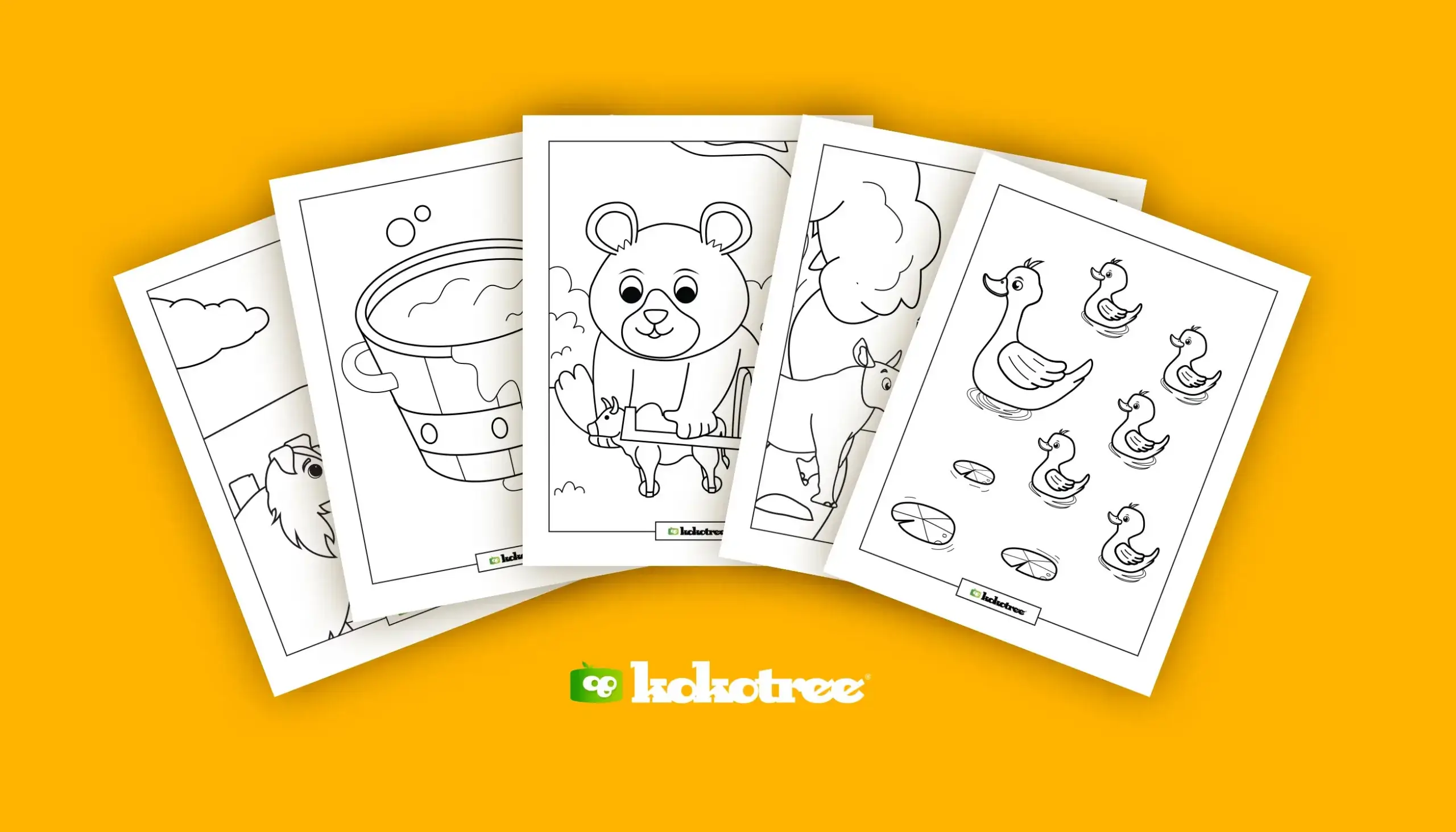
Most parents are familiar with coloring books. It’s one of those classic activities that can keep kids entertained for hours on end. What many parents don’t know, however, is that coloring isn’t just a fun activity – it’s also beneficial for your child’s development.
Here are four reasons why coloring can help your child release creative energy and relax the mind.
Coloring can help your child develop fine motor skills by improving hand-eye coordination. Fine motor skills involve smaller muscle groups in the hands, fingers, and wrists.
They are essential because they help children perform various activities such as writing, eating, holding small objects, buttoning, etc. Coloring can help improve these skills by practicing eye coordination and hand coordination.
These skills play an essential role in a child’s development and self-esteem. Fine motor skills help children become more independent and confident.
Around their first birthday, most kids can reach, grab, and put objects in their mouths, drop and pick up toys, bang two things together, and hold their bottle or cup. Also, your one-year-old can now eat with a spoon and fork and help undress.
Most kids 12 months old can put items in containers with large openings, take them out, and pinch small objects like stickers or pom-poms with their thumb and pointer finger.
Most kids can develop fine motor skills by the time they reach one year old. This involves improving coordination between the eyes and hands, which can be practiced through activities such as coloring.
By the time a child reaches twelve months old, they will be able to put items in containers with large openings and take them out, as well as pinch small objects—like stickers—with their thumb and pointer finger.
As your child enters school, they must have mastered fine motor skills. This is critical for writing skills. One way to help improve these skills is through art and craft activities. Young children love to explore colors, materials, and textures through coloring and other creative means.
Be sure to provide safe, non-toxic art supplies such as crayons, markers, gel pens, glitter gel pens, colored pencils, and brushes. These activities will not only help improve fine motor skills but will also be enjoyable for your child.
The ability to control objects with your hands is essential for writing and other school-related tasks. Coloring with crayons, markers, or colored pencils can help kids improve their fine motor skills. It’s okay if your child’s drawings and illustrations aren’t perfect – scribbling is enough to practice fine motor skills.
Just make sure to display your child’s artwork around the house. This will boost his self-esteem and confidence and make him proud of himself.
Introducing children to group coloring activities can offer a range of benefits that extend beyond creativity and self-expression. These activities foster essential social skills, collaboration, emotional intelligence, and cultural awareness, all while providing a fun and engaging outlet for young minds. In this section, we’ll explore the various advantages of group coloring activities and how they contribute to the holistic development of preschoolers.
Group coloring activities, such as using a preschool coloring book PDF free download, encourage children to communicate and interact with one another. This helps them develop essential social skills and learn how to express themselves effectively. As children color together, they talk about their choices and share ideas, promoting healthy communication and interaction.
Coloring book for 3-year-old PDF activities can teach children the importance of collaboration and teamwork. When kids work together on a coloring project, they learn to share ideas, listen to others, and cooperate to create a cohesive piece of art. These collaborative skills are crucial for success in school and later in life.
Preschool coloring worksheets PDF activities teach children about the importance of sharing and respecting art supplies. As they color together, kids learn to take turns using different materials and how to be considerate of others’ needs. This helps them develop a sense of responsibility and respect for communal resources.
Group coloring activities using preschool coloring pages PDF encourage children to give and receive feedback from their peers. This helps them learn from one another, refine their skills, and gain confidence in their abilities. It also teaches them to be open to constructive criticism, which is an essential skill for personal growth.
When children participate in group coloring activities, they feel a sense of belonging and inclusivity. Working on a shared project allows kids to contribute their unique ideas and talents, fostering a supportive environment where everyone’s contributions are valued.
Using coloring pages for kids PDF resources in group settings can inspire children to be more creative. By observing their peers’ work, children can gain new ideas and inspiration, pushing them to experiment with different colors, techniques, and styles.
Group coloring activities help children develop problem-solving skills by working together to overcome challenges, such as choosing the right colors, blending shades, or creating specific effects. This collaborative approach to problem-solving can be applied to other areas of their lives, both in and out of the classroom.
Coloring together can help children develop emotional intelligence and empathy. As they share their thoughts and feelings about their artwork, they learn to understand and appreciate the emotions of others. This emotional awareness is crucial for building healthy relationships and navigating social situations.
Using coloring pages from various cultural backgrounds can help children expand their cultural awareness. As they explore different styles, symbols, and themes, they learn about the diversity of the world around them and develop a greater appreciation for other cultures.
Finally, group coloring activities provide an opportunity for children to celebrate their achievements and showcase their artwork. Displaying their completed projects can boost self-esteem, foster a sense of accomplishment, and encourage continued participation in creative pursuits.

The Kokotree coloring pages are perfect for young children who want to enjoy coloring. Many different animals are included in this collection of printable coloring pages, including bears, tigers, elephants, frogs, sheep, lambs, owls, spiders, mice, rhinos, rabbits, ducks, snails, dogs, pigs, cats, cows, and even worms!
If you have a child interested in animals and nature, then the Kokotree toddler coloring pages may be an excellent choice. These printable coloring pages are easy to download and print, making them perfect for kids of all ages.
Yes, these coloring pages are printable; you can print them right after downloading or saving them to your computer. They are great for kids of all ages—boys and girls—and come in various themes, mostly animals, plants, flowers, nature, and more. Whether you want to relax and de-stress or are looking for some fun activities for your kids, these toddler coloring pages are a great option.
Once you download the printable coloring pages, you will be sent an email with a link you can click on. The link will load the PDF coloring book in your web browser. You can then directly print the PDF from your browser. Or you can download the PDF, open it in Adobe Acrobat (Windows or Mac), Preview (Mac), or any other PDF viewer, and then print it.
The standard copy paper will be fine if you print the coloring pages for your child to keep them busy with a fun activity.
Alternatively, if you want to save the coloring pages, frame them, and keep them as a favorite memory, you’ll want to look for a better type of paper. You’ll want to choose a heavy-weight form with a smooth surface. A heavier-weight paper will be less likely to bleed through when coloring. A smooth surface will provide a better canvas for your color medium of choice, whether it’s colored pencils, markers, or watercolors.
You’ll also want to ensure the paper is acid-free, as this will help ensure that your coloring pages don’t yellow or fade over time. For the best results, look for a package of heavy-weight, acid-free printer paper marketed explicitly for use with coloring pages. With the right paper, you can create beautiful works of art that will last for years.
Yes, absolutely! These coloring pages are great for kids of all ages, including girls. The pages are not geared toward any specific gender, so they are an excellent option for kids and families.
Yes, the Kokotree coloring pages are perfect for boys and girls alike. There are many different topics in this collection, from animals to plants and flowers, so there is something for every kid.
Yes, we offer a variety of free coloring pages in PDF format specifically designed for preschoolers. These coloring pages perfectly complement our educational app content and can help enhance your child’s creativity, fine motor skills, and color recognition. To access the free printable coloring pages, you can download them above.
Absolutely! We have a great selection of coloring pages for kids in PDF format available on our website. These coloring pages are designed to entertain and educate children while fostering their creativity and fine motor skills.
If you are looking for fun and educational coloring pages for your kids, look no further than the Kokotree collection of animal coloring pages. Featuring a range of different animals, such as bears, tigers, and elephants, these pages are perfect for kids who love to learn about the natural world around them.
The Kokotree coloring pages are geared for ages 1 to 5, toddlers, and preschoolers. However, they are still suitable for older kids and adults as well. The pages are easy to download and print, making them perfect for kids and parents alike. They are simple and basic but an excellent way for young kids to have fun and learn simultaneously.
They are beyond cute—they are adorable. The cute coloring sheets feature the characters from the Kokotree educational video collection, including various animals and plants with vivid colors and fun, whimsical designs. Whether your child loves cute coloring pages or is more interested in learning about nature, these Kokotree coloring pages are perfect.
Click here to get your: Free printable coloring book for kids.
Coloring is a great activity for parents and children to do together. It helps improve concentration skills, fine motor skills, and hand-eye coordination. Coloring can also help boost a child’s self-esteem and confidence.
Be sure to provide safe, non-toxic art supplies such as crayons, markers, gel pens, glitter gel pens, colored pencils, and brushes. These toddler coloring pages and activities will not only help improve fine motor skills but will also be enjoyable for your child.
Coloring is a great activity to improve a child’s fine motor skills. Some benefits of coloring are that it can help improve hand-eye coordination and boost self-esteem and confidence.
If you’re looking for an activity to improve your child’s fine motor skills, coloring is a great option! Not only is it fun for kids, but it also has many benefits.




